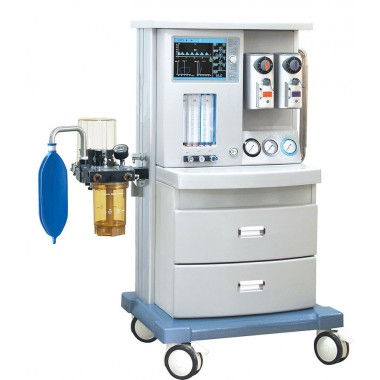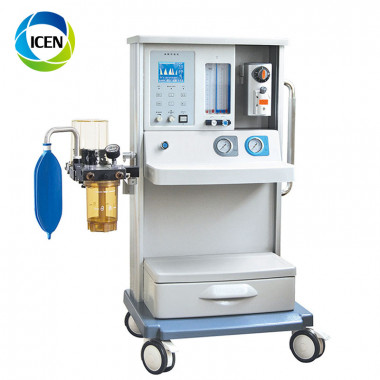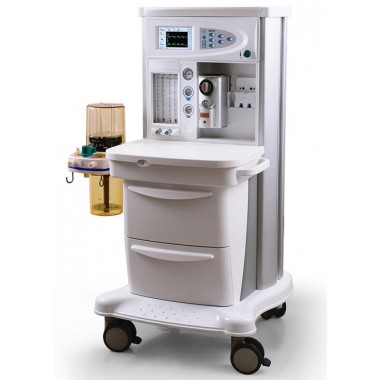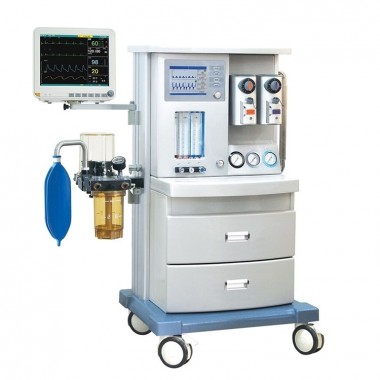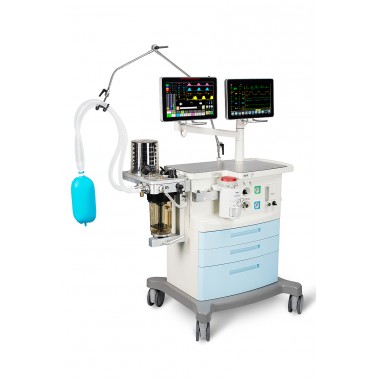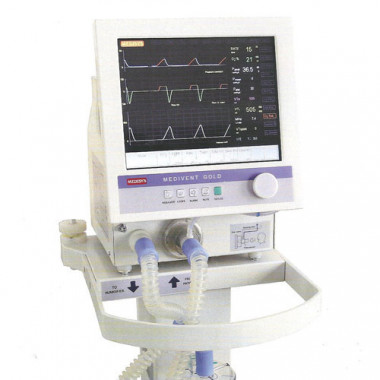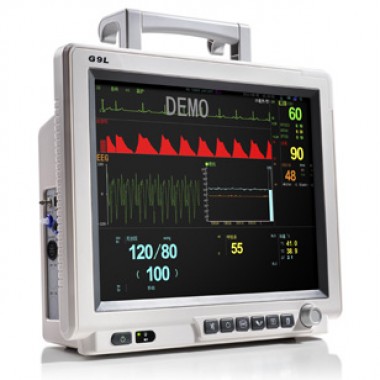How to Choose the Right Anesthesia Monitor for Your Operating Room
Anesthesia Monitors—play a critical role during surgery, continuously tracking a patient’s vital signs and physiological responses under anesthesia. These monitors are specifically designed to support anesthesiologists by displaying key parameters such as ECG, SpO₂, NIBP, EtCO₂, agent concentration, MAC value, and BIS/EEG during perioperative care.
Whether equipping a general operating room, a mobile surgical unit, or a high-acuity OR suite, selecting the right anesthesia monitor ensures both patient safety and anesthesia precision.
VIEW ANESTHESIA MONITORSAn anesthesia monitor must not only display real-time data, but also integrate seamlessly with the anesthesia delivery machine and surgical workflow. Key technical factors include:
- Must cover ECG, SpO₂, NIBP, TEMP, RESP, EtCO₂, IBP, and optionally BIS or EEG.
- Ability to detect inhaled/exhaled gas concentrations (e.g., Sevoflurane, Isoflurane, Desflurane) with MAC calculation.
- Optional integration with ventilator data, tidal volume, airway pressure, and flow loops.
- Must support ≥120-hour waveform and numeric trend storage for intraoperative review.
- Fast access to alarm limits, drug dosing windows, or event annotation during procedures.
- Portable monitors with built-in battery are critical for hybrid ORs and field operations.
- Optional links to surgical camera display, HIS/EMR systems, and central OR dashboard.
Anesthesia monitors are deployed in:
In all these environments, precise monitoring during induction, maintenance, and emergence phases is vital for ensuring anesthetic depth and avoiding complications.
Depending on facility level and surgical complexity, anesthesia monitors come in several configurations:
1. Standard Multi-Parameter Anesthesia Monitor
- Suitable for routine surgeries.
- Basic parameters + EtCO₂ + Agent monitoring.
2. High-End Modular Monitors
- Modular plug-ins for BIS, EEG, cardiac output (CO), IBP.
- Suitable for teaching hospitals or major surgical centers.
3. Portable Anesthesia Monitors
- Lightweight and battery-supported.
- Used in ambulatory surgery or military field hospitals.
4. Integrated OR Monitoring Systems
- Combine anesthesia monitoring with ventilator and surgical display integration.
- Used in hybrid ORs and advanced surgical environments.
| Feature | Why It Matters |
|---|---|
| Gas Analysis Module | Accurate agent concentration & MAC display ensures anesthesia depth management. |
| BIS/EEG Monitoring | Enables monitoring of brain activity and sedation level. |
| Alarm Settings | Customizable thresholds with multi-mode alert escalation. |
| Interface Ergonomics | Touchscreen, fast key access, anesthetic drug library. |
| Data Connectivity | Integration with anesthesia workstations, HIS, or central CMS. |
| Safety Certifications | CE, FDA, ISO13485 to meet OR safety regulations. |
| Portability | Battery operation and compact design where mobility is essential. |
- ⚠️ Choosing models without gas monitoring capabilities for procedures requiring volatile agents.
- ⚠️ Ignoring BIS/EEG monitoring if deep sedation or neurosurgery is involved.
- ⚠️ Lack of compatibility with OR anesthesia machines or hospital information systems.
- ⚠️ Overlooking user interface complexity, which can hinder real-time response.
- ⚠️ Focusing only on price without evaluating support services and upgrade options.
The global demand for advanced anesthesia monitors is rising due to:
- Integration of .
- with tablet-based control.
- Enhanced for mixed gas environments.
- Demand for and export-ready configuration in emerging markets.
Hospitals are also adopting anesthesia monitors with capabilities, ensuring anesthesiologists can oversee multiple ORs simultaneously.
- ✅ Confirm CE, FDA, or local regulatory approval.
- ✅ Ask for demo cases or video training support.
- ✅ Ensure availability of accessories like sample lines, gas modules, mounting kits.
- ✅ Review post-sale technical training & software update policies.
- ✅ Consider suppliers offering OEM/ODM or custom OR integration solutions.
💡 Visit Drugdu.com to explore verified anesthesia monitor suppliers recommended for your specific clinical needs.
Anesthesia monitors are essential not only for surgical safety but also for improving workflow, enhancing anesthetic precision, and meeting regulatory requirements. Facilities should prioritize systems that offer gas monitoring, modular expansion, and HIS integration while ensuring vendor support for long-term use.

